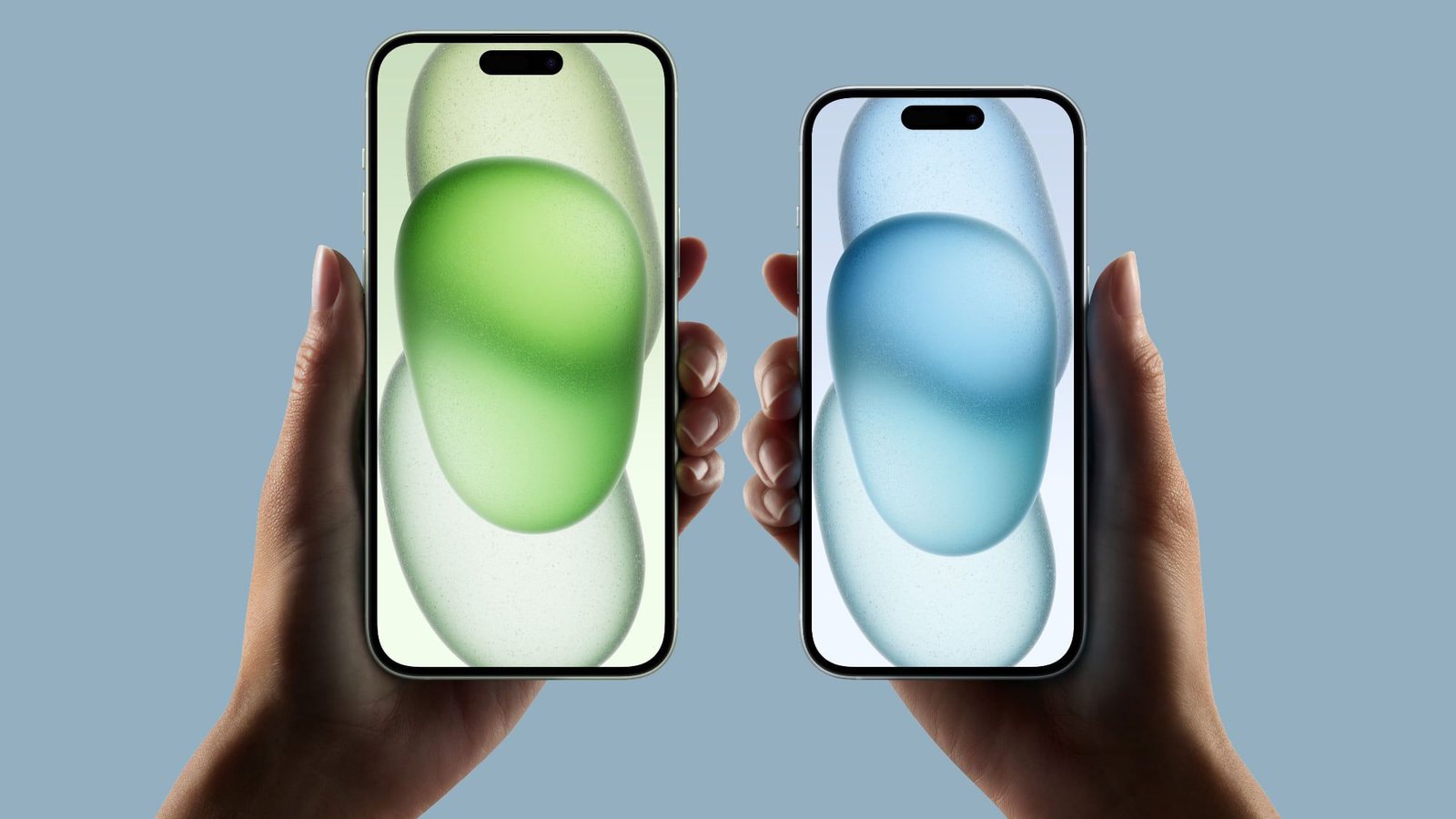Apple announced the third generation of its M-series chips, the M3, M3 Pro, and M3 Max. These new chips are built on a 3nm process, which makes them the most advanced and powerful chips on the market.
The M3 chips feature a new GPU microarchitecture that supports hardware-accelerated ray tracing. This means that the M3 chips will be able to deliver stunning graphics in games and other applications that support ray tracing.

In addition to the new GPU, the M3 chips also feature a faster CPU and AI engine. The high-performance cores are 15% faster than the M2 chips, and the energy-efficient cores are 30% faster. The AI engine is also 15% faster than the M2 chips.
The M3 chips are also more power-efficient than the M2 chips. Apple claims that the M3 chips can deliver the performance of a 12-core Intel Core i7-1360P while consuming 4 times less power.
The M3 chips will be available in the new MacBook Pro and iMac models. Apple has not yet announced the pricing or release date of these new products, but they are expected to be available in early 2024.

Here is a more detailed breakdown of the features of the M3, M3 Pro, and M3 Max chips:
Key Comparison Between the
| M3 | M3 Pro | M3 Max | |
| CPU | 8 CPU cores | 12 CPU cores | 16 CPU cores |
| GPU | 10 GPU cores | 18 GPU cores | 40 GPU cores |
| RAM | Up to 24GB | Up to 36GB | Up to 128GB |
Going beyond the key difference above, certain specifications are also common to the three SoC. All three chips feature hardware-accelerated ray tracing, a faster CPU and AI engine, improved power efficiency, and support for the AV1 codecs. Here is a more detailed table comparing the specification and power of all the three CPUs.



| Specification | M3 | M3 Pro | M3 Max |
|---|---|---|---|
| Transistors | 25 billion | 37 billion | 92 billion |
| CPU cores | 8 | 12 | 16 |
| GPU cores | 10 | 18 | 40 |
| Unified memory | Up to 24GB | Up to 36GB | Up to 128GB |
| Hardware-accelerated ray tracing | Yes | Yes | Yes |
| Faster CPU and AI engine | Yes | Yes | Yes |
| Improved power efficiency | Yes | Yes | Yes |
| Support for AV1 codec | Yes | Yes | Yes |
The new MacBook Pro and iMac models announced earlier today, will take it processing power from the M3, M3 Pro and the M3 Max. Coming in 2024, Apple will also use the new 2023 M3 series in other yet-to-be-announced devices, like the MacBook Air.






